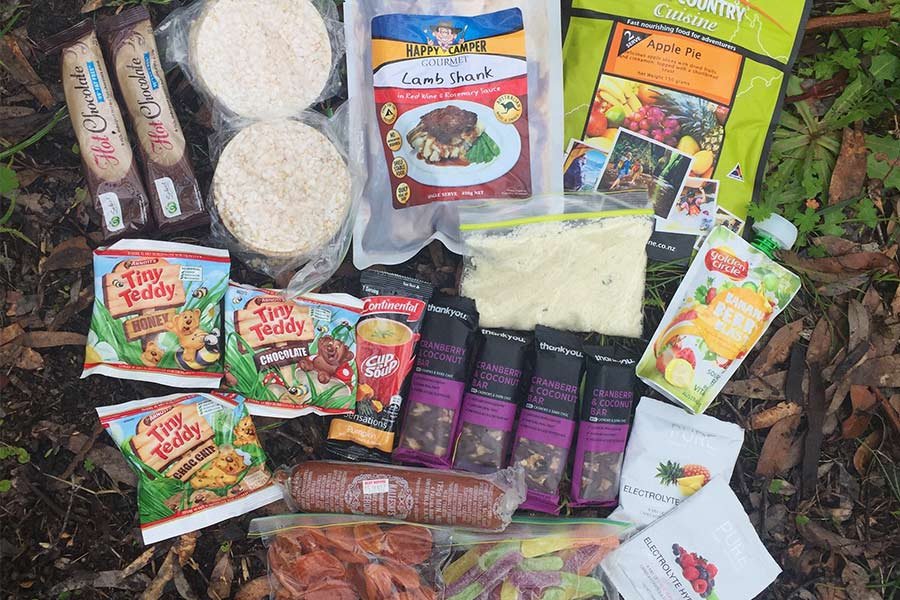Running on outdoor trails offers a refreshing way to connect with nature while staying fit. Whether you’re a seasoned trail runner or just starting, choosing the right trails can enhance your running experience. Here’s a comprehensive guide to discovering the best outdoor trails for running.
Understanding Trail Types and Terrain
Outdoor trails vary widely in terrain and difficulty. From flat, groomed paths to rugged mountain trails, each type offers a unique running challenge. Understanding your fitness level and preferences will help you select trails that suit your needs.

Researching Trail Locations
Start your search by exploring local parks, nature reserves, and trail networks. Websites, trail apps, and running forums are valuable resources for discovering new trails and reading reviews from fellow runners. Look for trails that match your desired distance and scenery preferences.
Maintaining Trail Etiquette and Sustainability
Respect trail etiquette by yielding to other trail users, minimizing impact on the environment, and staying on designated paths. Participate in trail maintenance efforts or volunteer with local conservation organizations to preserve and protect outdoor trails for future runners.
Finding the Best Routes for Running
Running on outdoor trails offers a refreshing way to connect with nature while staying fit. Whether you’re a seasoned trail runner or just starting out, choosing the right trails can enhance your running experience. Here’s a comprehensive guide to discovering the best outdoor trails for running.
Researching Trail Locations
Start your search by exploring local parks, nature reserves, and trail networks. Websites, trail apps, and running forums are valuable resources for discovering new trails and reading reviews from fellow runners. Look for trails that match your desired distance and scenery preferences.
Evaluating Trail Conditions
Before heading out, check trail conditions such as surface stability, elevation changes, and weather forecasts. Trails can vary seasonally, so understanding current conditions ensures a safe and enjoyable run. Many trail websites provide up-to-date information on closures and maintenance schedules.
Evaluating Trail Conditions
Before heading out, check trail conditions such as surface stability, elevation changes, and weather forecasts. Trails can vary seasonally, so understanding current conditions ensures a safe and enjoyable run. Many trail websites provide up-to-date information on closures and maintenance schedules.
Considering Safety Precautions
Safety should always be a priority when running on outdoor trails. Inform someone of your route and estimated return time, carry essentials like water and a mobile phone, and be aware of wildlife and potential hazards. Running with a buddy or group can also enhance safety.
Choosing Scenic and Diverse Routes
The best outdoor trails for running offer scenic views and diverse landscapes. Look for routes that showcase natural beauty, such as forests, lakes, rivers, or mountain vistas. Running in different environments can keep your workouts engaging and inspiring.
Testing Trail Difficulty Levels
As you explore new trails, consider the difficulty level and how it aligns with your running goals. Beginner-friendly trails typically have gentle slopes and even terrain, while advanced runners may seek challenging routes with steep climbs and technical sections.
Incorporating Trail Running Techniques
Trail running requires specific techniques to navigate varying terrain effectively. Focus on maintaining a steady pace, using shorter strides on uphill climbs, and practicing controlled descents. Over time, you’ll build confidence and agility, enhancing your trail running experience.
Engaging with the Running Community
Joining local running clubs or social media groups can connect you with fellow trail enthusiasts. These communities often share trail recommendations, organize group runs, and provide support and encouragement for runners of all levels.
Documenting Your Trail Experiences
Keep a running journal or use apps to track your trail experiences, noting favorite routes, personal records, and memorable moments. Reflecting on your progress and achievements can motivate you to explore new trails and set new running goals.
Maintaining Trail Etiquette and Sustainability
Respect trail etiquette by yielding to other trail users, minimizing impact on the environment, and staying on designated paths. Participate in trail maintenance efforts or volunteer with local conservation organizations to preserve and protect outdoor trails for future runners.
Conclusion
In conclusion, discovering the best outdoor trails for running involves researching trail types, evaluating conditions, prioritizing safety, and engaging with the running community. By exploring diverse routes and incorporating trail running techniques, you can enjoy the physical and mental benefits of running in nature while embracing a fulfilling outdoor experience.








